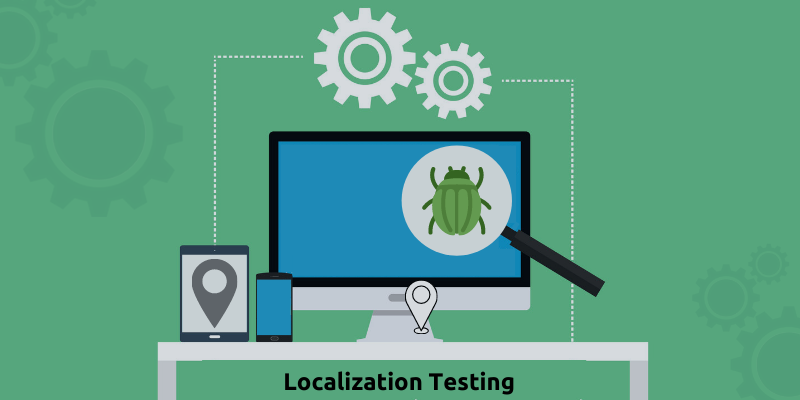Many organizations are trying to expand beyond the local boundaries and move towards globalization. Finding relevant customer base, setting up the cost factors and understanding the local competitors are all a part of the global expansion in any industry. Apart from all the fundamental groundwork needed to establish an organization in foreign lands, one should also consider the global presence on the technical side.
Localization is the process of customizing an application based on the individual behaviour and preferences of the region. Localization testing ensures that the application is ready to fit into the local culture, language, region and other individualistic local behaviours. The application is also checked for its smooth working in the devices and operating system of the local region.
Localization – More Than Elementary Content Translation
Localization of an application is much more than just the direct translation of the words into the language. In fact, such literal linguistic translation has spoiled many companies’ reputation in the foreign market.
One such famous example of literal translation gone wrong is of Pepsi. The slogan of Pepsi – Pepsi Brings You Back to Life – was translated literally during its entrance to the Chinese market to ‘Pepsi Brings Your Ancestors Back from the Grave.
To avoid such silly errors in the localization of applications, all the functionalities of the application has to be converted beyond the exact translation of the words to the local language. Localization testing is a necessary process when trying for a global reach for the application. Software testing services providers checks if the application can perform well in a particular region or a culture. It also picks up and weeds out the problematic issues that could affect the application’s performance in that region.
Consequences of Ignoring Localization Testing
Though many applications tries to expand beyond their local boundaries, we see a lot of thoughtless and irresponsible errors in some applications. Some may have large texts on the call to action that extends beyond the button while some translated texts when combined with the same design makes utterly no sense in the local language.
These are all the points that localization testing can easily find out and rectify before it affects user performance. Many users have been at a loss when they couldn’t understand the literally translated content to the local language or have been burdened with unattractive design as the translated content took up a lot more space than what it is was designed for.
Some use the automatic translation software that further wreaks havoc with the literal translation. It is generally advised to employ a localization testing team that comprises of at least one native language speaker and a local person who is familiar with the local customs and culture. This inclusion will avoid any inadvertent hurting of the religious sentiments through the translations and make sure that the application feels local and easy to use for the users.
Key Points to Note During Localization Testing
During the localization of the application, not only will the content changes but also the design and sometimes, the functionality too need to be altered. Here are all the crucial points that need to be checked during localization testing.
- Linguistic Test – This test should be performed by a native speaker to conduct the test with the perspective of the local users. Even if the words are translated right, the tone of the voice, the sentence flow and the way of delivering the message may sometimes seem unnatural. Hence, a native speaker can solve all these issues and make the application feel natural to the local audience.
- User Interface Test – Not many languages can be translated to the same character count as it was with English. Therefore, the design of the application can look awkward after including the translated texts. The words can fall out of the margins, get imposed on top of images and may even go out of the application’s visible space. Through this testing, the design of the application should be modified to fit in the translated text in every which way, including the call to action, the functional elements and the link specifications.
- Functional Test – The inherent functional behaviour of the application is also subjected to change due to localization. The meaning of the options specified for the functions may get misinterpreted due to the associated translated content or the click-on options can be missed out in the changes of the design. Apart from checking the content for the right translation, the date, time, currency and any other localized details must also be converted. If it is a real-time finance application, then you need to modify the code to change the currency conversions instantaneously.
These are the most important points in localization testing. When you want the local users to feel comfortable with the application, make sure to spend much time with localization testing and create a customized application that feels like their own.

